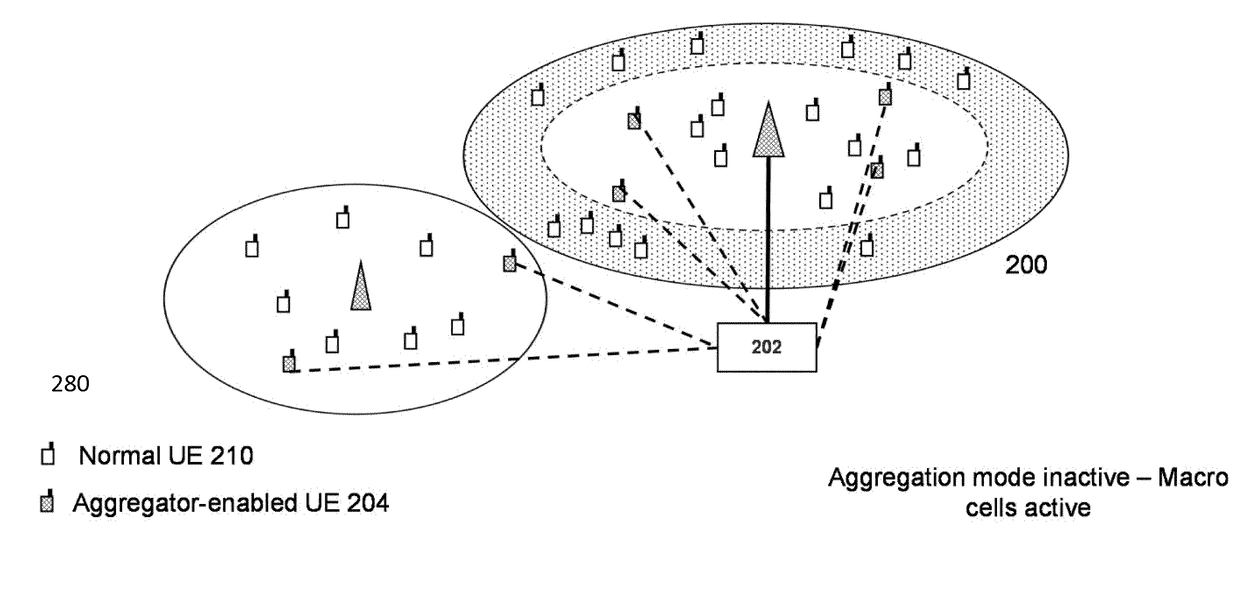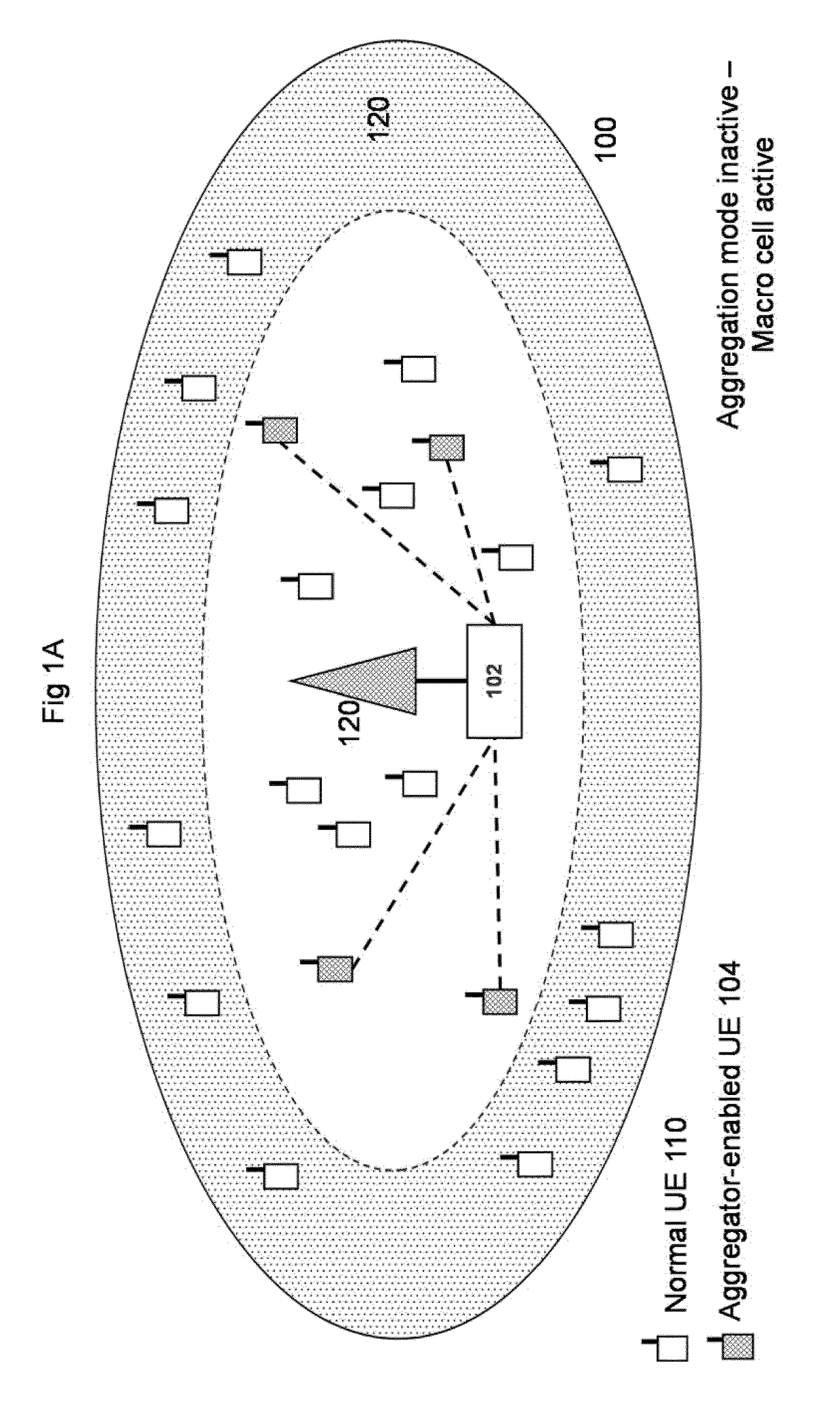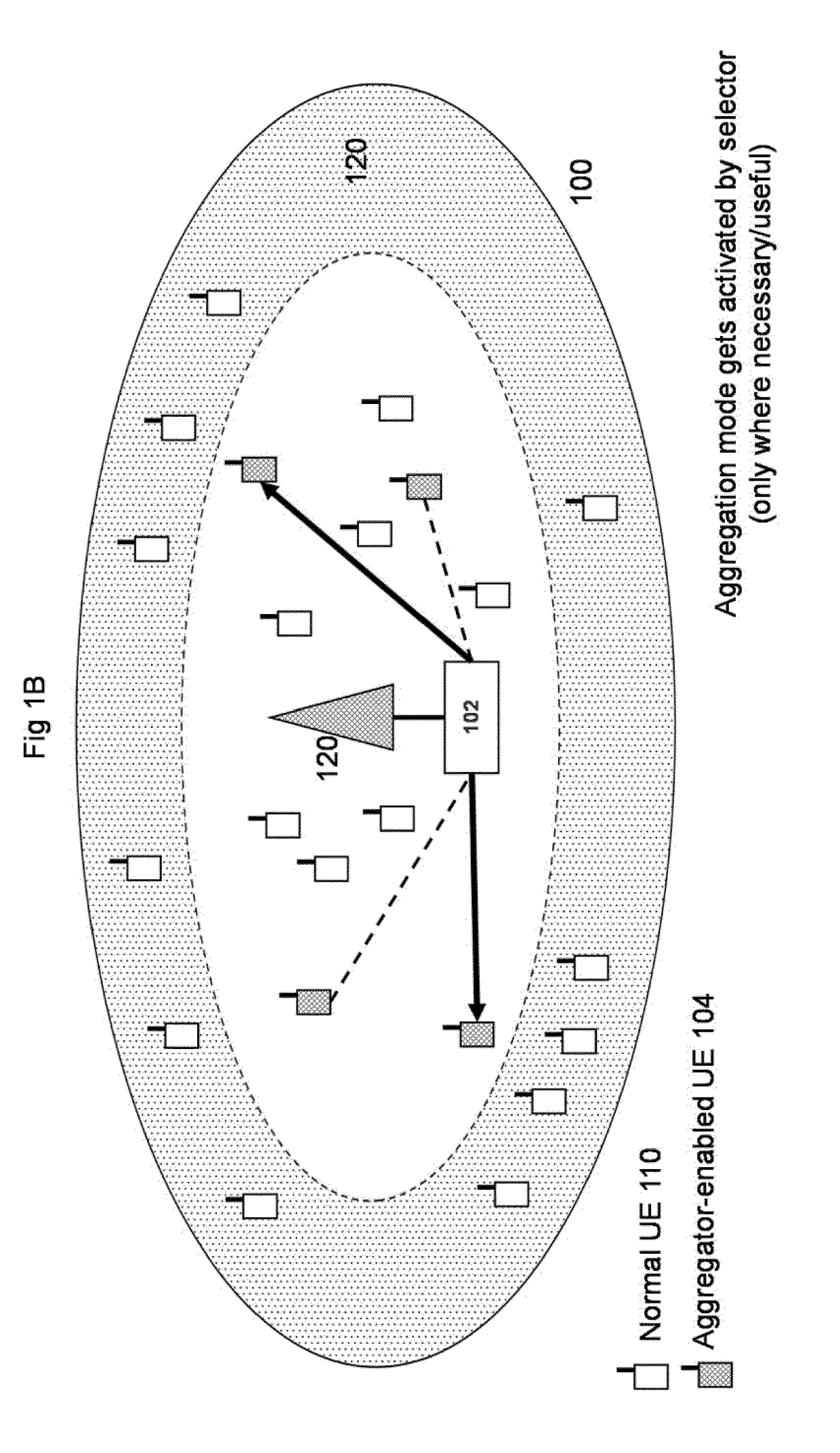Radio resource management in a telecommunication system
a radio resource management and telecommunications system technology, applied in power management, transmission path division, high-level techniques, etc., can solve the problems of introducing additional constraints on the operation of base station entities, unable to meet the requirements of cellular communications coverage across a typical geographic area, and high levels of interference and low sinr (signal to interference plus noise ratio) can be expected
- Summary
- Abstract
- Description
- Claims
- Application Information
AI Technical Summary
Benefits of technology
Problems solved by technology
Method used
Image
Examples
Embodiment Construction
[0091]The present disclosure relates to methods of radio resource management in a telecommunications network architecture that includes a radio access network (RAN), a core network (CN) and a packet data network (PDN). Communication devices, such as mobile terminals, user equipment (UEs) and wireless access stations, establish wireless connections to the network by means of the RAN.
[0092]FIGS. 1A to 10 show a single cell 100 of the telecommunications network provided by a base transceiver station (i.e. macro eNB) 120 within the RAN. The telecommunications network architecture further comprises a network node, referred to as an aggregator controller (AC) 102, which communicates with the RAN and the CN (illustrated here as a link between the AC 102 and the eNB 120) but which may be implemented independently of the component entities of either RAN or CN.
[0093]The AC 102 identifies at least one communication device 104 as candidate for assignment as an aggregator. The AC 102 also instru...
PUM
 Login to View More
Login to View More Abstract
Description
Claims
Application Information
 Login to View More
Login to View More - R&D
- Intellectual Property
- Life Sciences
- Materials
- Tech Scout
- Unparalleled Data Quality
- Higher Quality Content
- 60% Fewer Hallucinations
Browse by: Latest US Patents, China's latest patents, Technical Efficacy Thesaurus, Application Domain, Technology Topic, Popular Technical Reports.
© 2025 PatSnap. All rights reserved.Legal|Privacy policy|Modern Slavery Act Transparency Statement|Sitemap|About US| Contact US: help@patsnap.com



